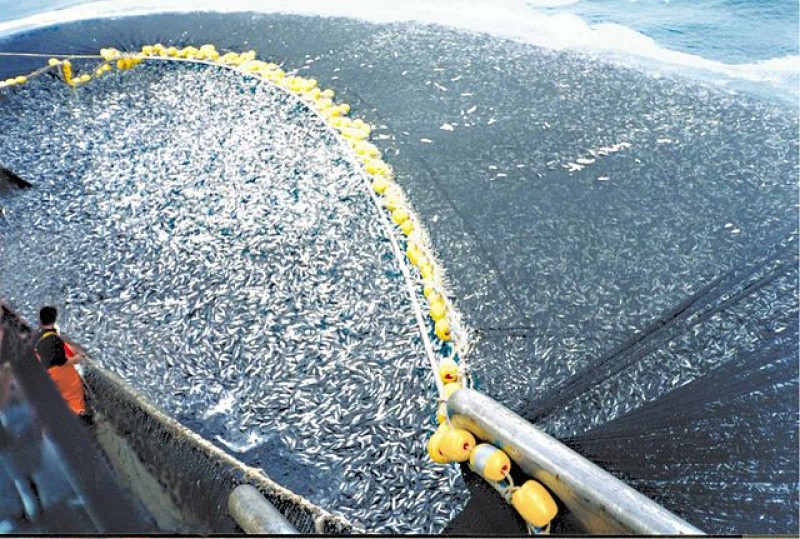The agreement was reached on Saturday night after nearly two decades of stalled talks.
International waters cover areas beyond 200 nautical miles (370 kilometers) from the shore – around 60% of the world’s oceans.
They do not fall under jurisdiction of any state and have been subject to barely any restrictions on fishing and exploitation of marine resources.
The agreed framework provides tools for the establishment and management of marine protected areas and is, therefore, envisaged to be critical in facilitating the pledge of the 2022 U.N. Biodiversity Conference (COP15) to preserve 30% of the land and water surface by 2030.
The agreement also covers conditions of the use of marine genetic resources, which are increasingly thought to have commercial value, and requirements for environmental assessments of deep sea activities.
“This action is a victory for multilateralism and for global efforts to counter the destructive trends facing ocean health, now and for generations to come,” U.N. Secretary-General António Guterres said in a statement.
“It is crucial for addressing the triple planetary crisis of climate change, biodiversity loss and pollution,” he added.
Greenpeace, although stating that the deal still contains some important flaws, said that the action by the U.N. members “constitutes a monumental win for ocean protection and an important sign that multilateralism still works in an increasingly divided world.”
The agreed text will now go through technical editing and is expected to be formally adopted at a later U.N. session. To enter into force, it will have to be ratified by at least 60 U.N. members.
That said, the agreement itself does not guarantee that the concerned marine protected areas will be established and it remains to be decided which parts of the international waters will be protected and how.



